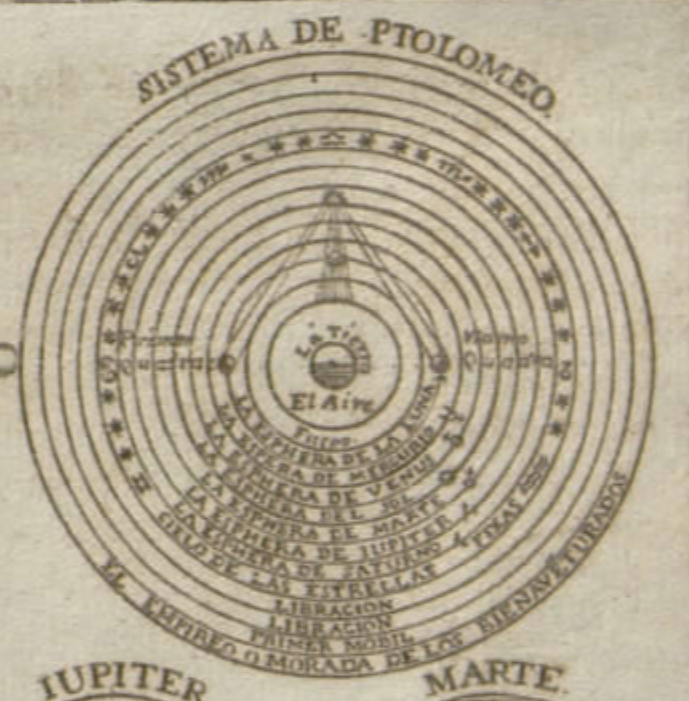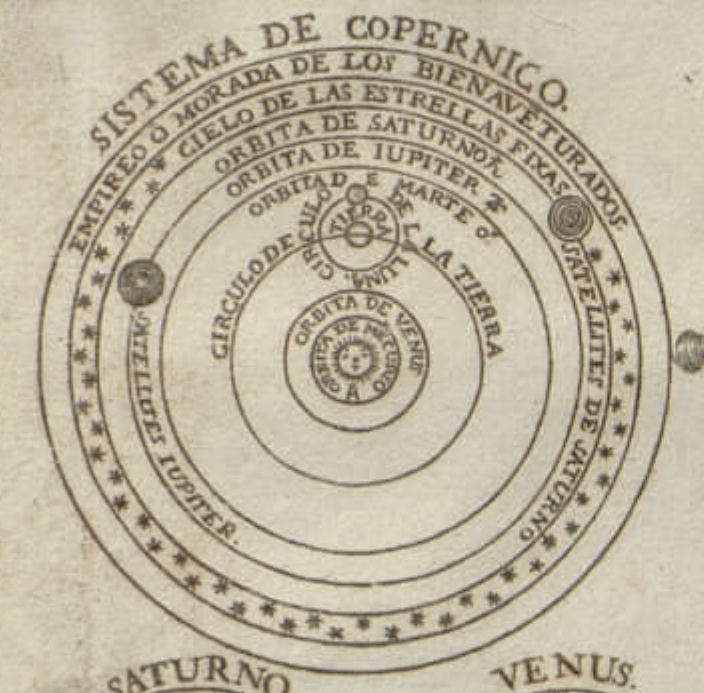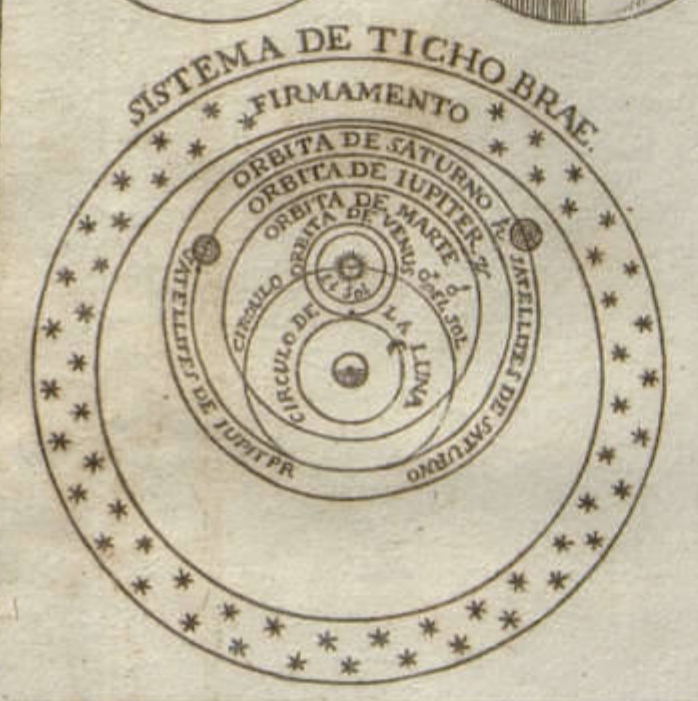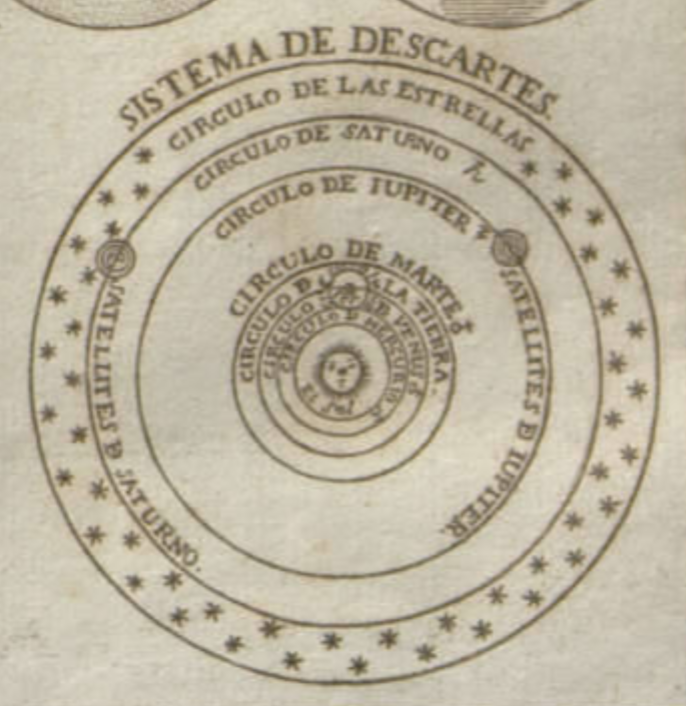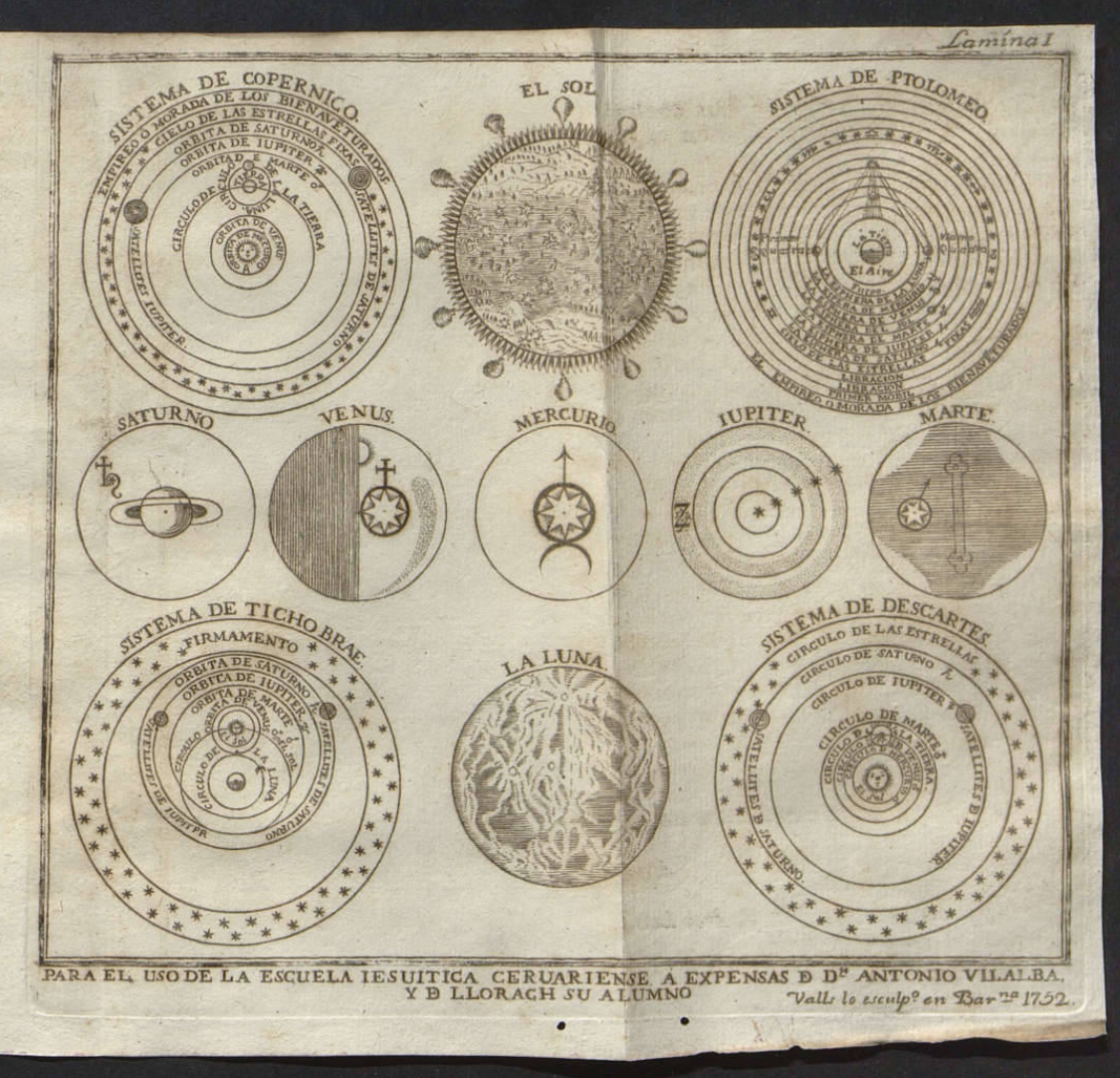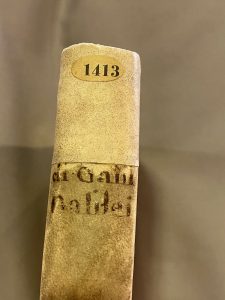Omdat het mij enerzijds om de kennisopbouw over de tijd gaat is dit boek 100 jaar te jong; ik heb al boeken uit die periode. Anderzijds gaat het me vooral om de prachtige – beperkte – illustraties uit die tijd. En dit boek voldoet ruimschoots aan het tweede criteria. Had hem graag in de kast zien staan, dus tegen de principes in toch meegeboden, maar ook ergens gestopt. Het boek heeft de minimum prijs ook niet gehaald, dus op zich niet getreurd. De illustraties zijn echter zo mooi, dat ik er toch een blogje aan waag, een grafisch blogje:
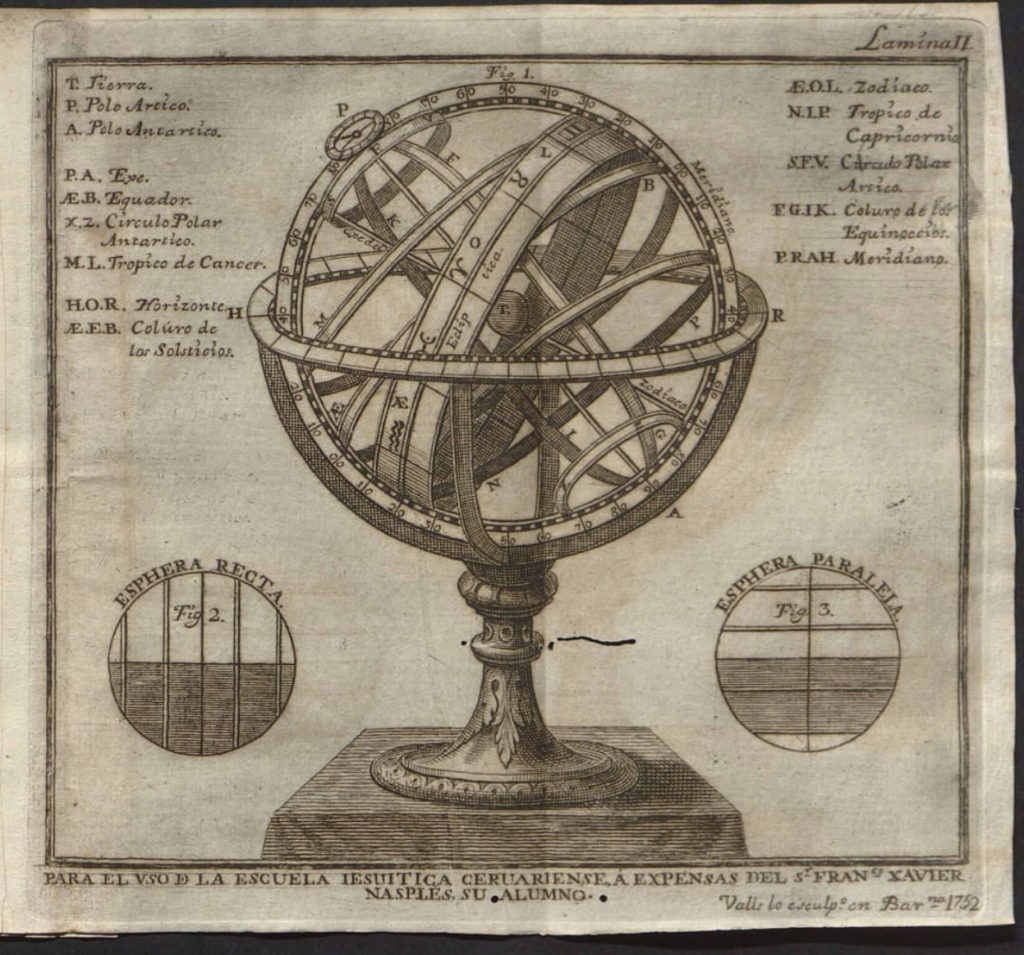
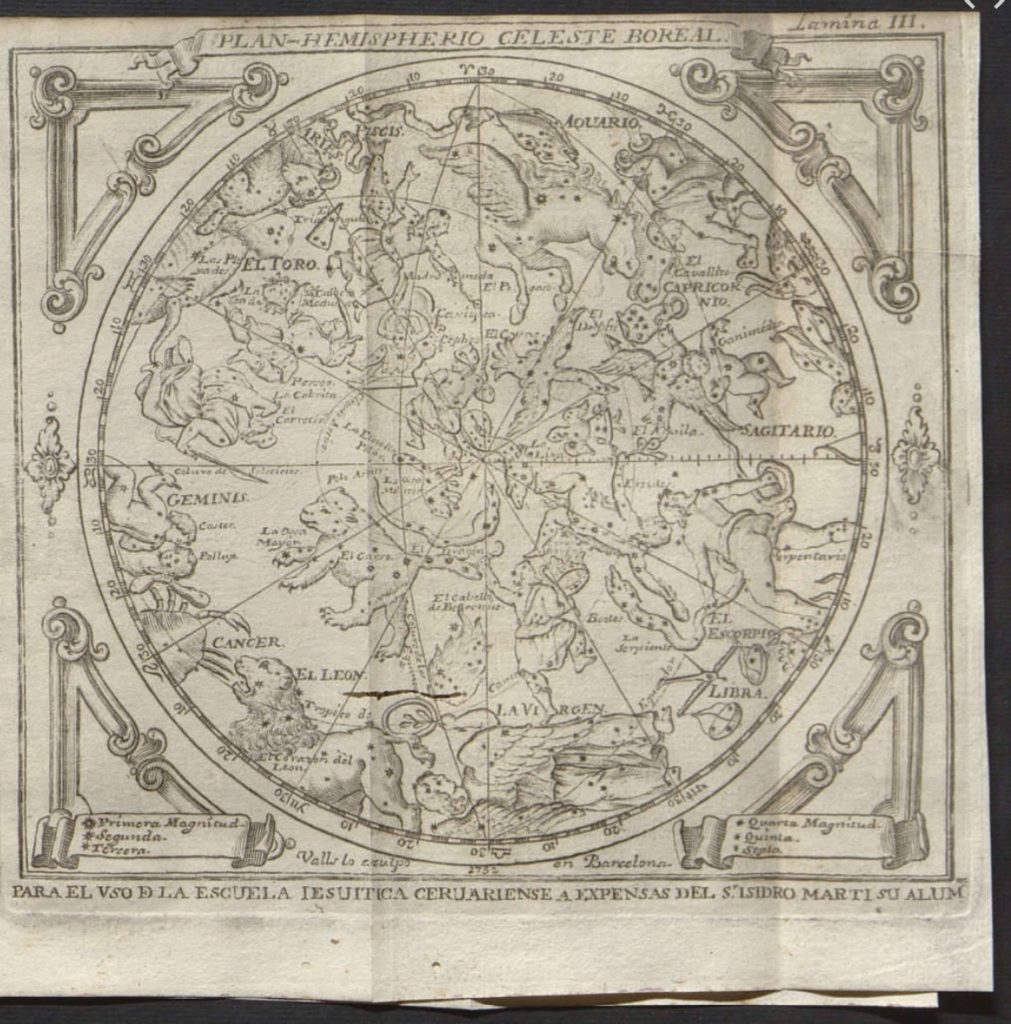
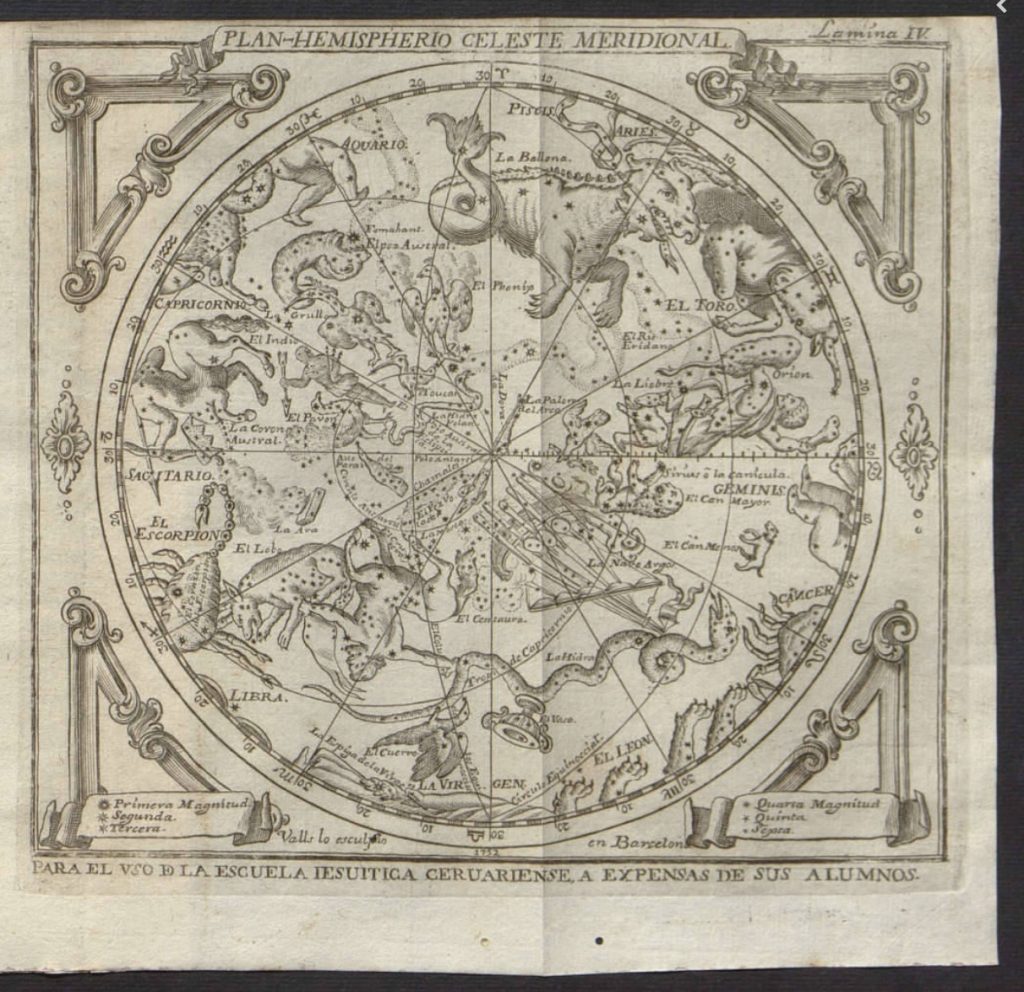
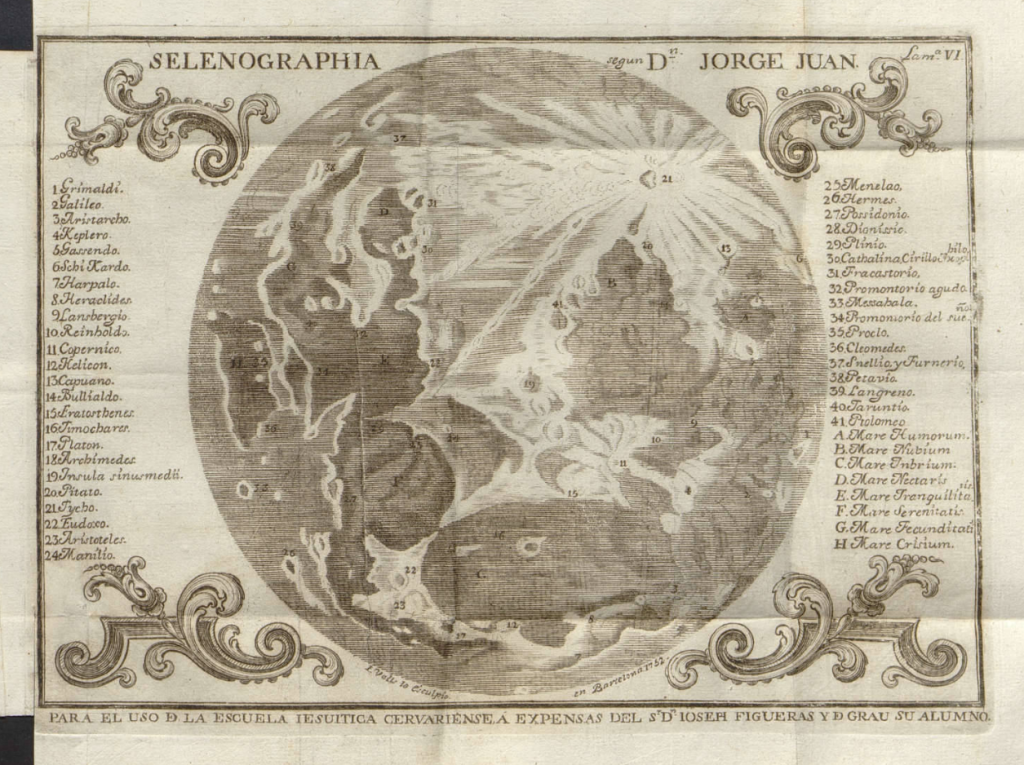
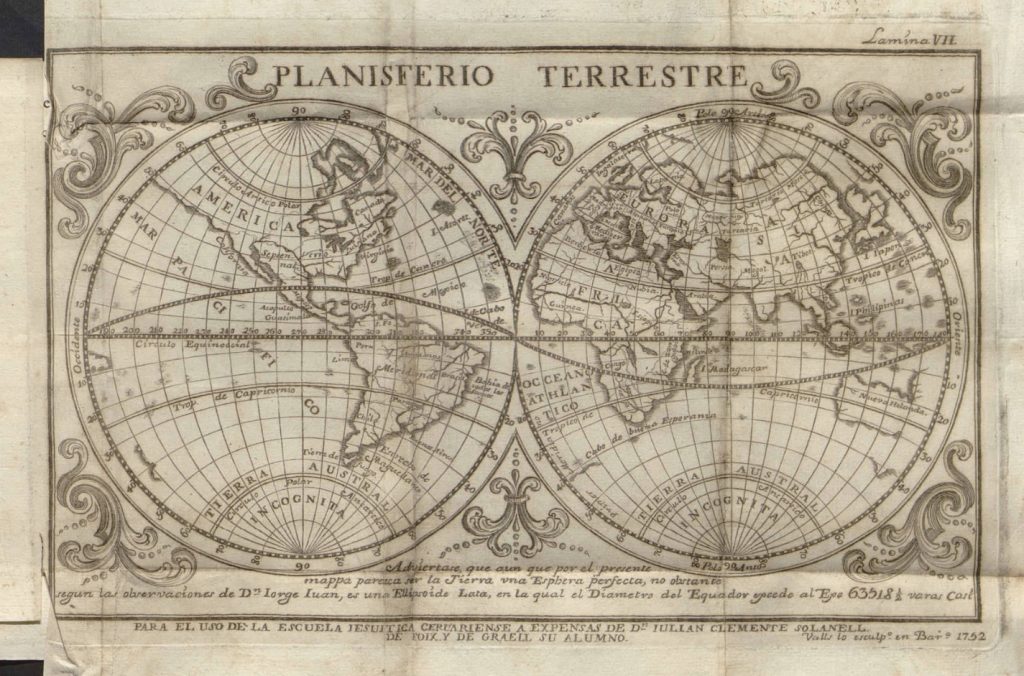
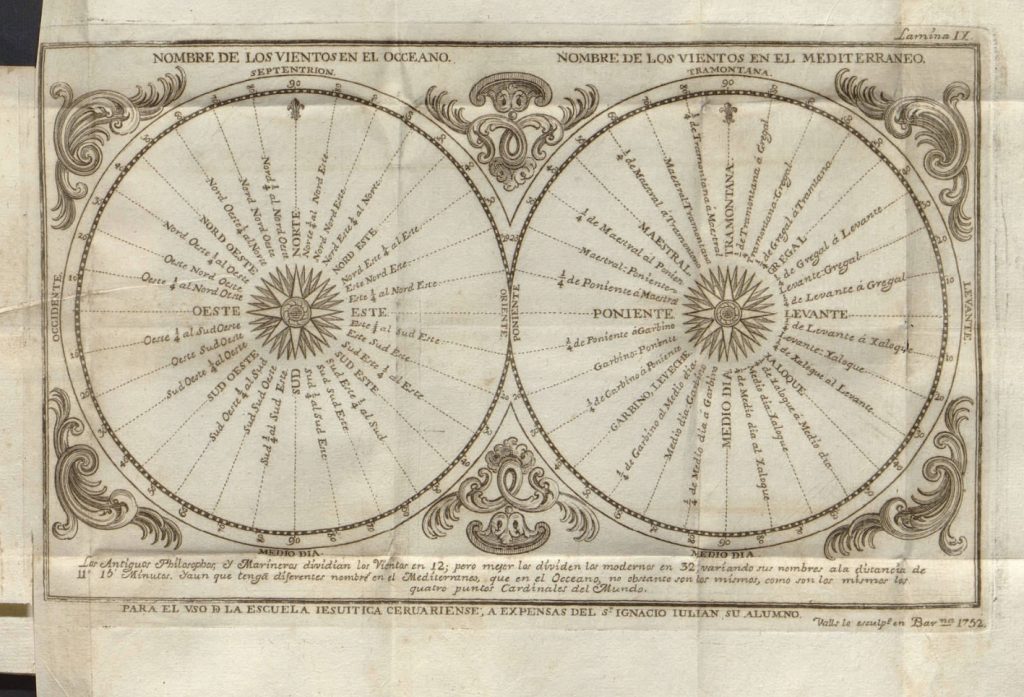
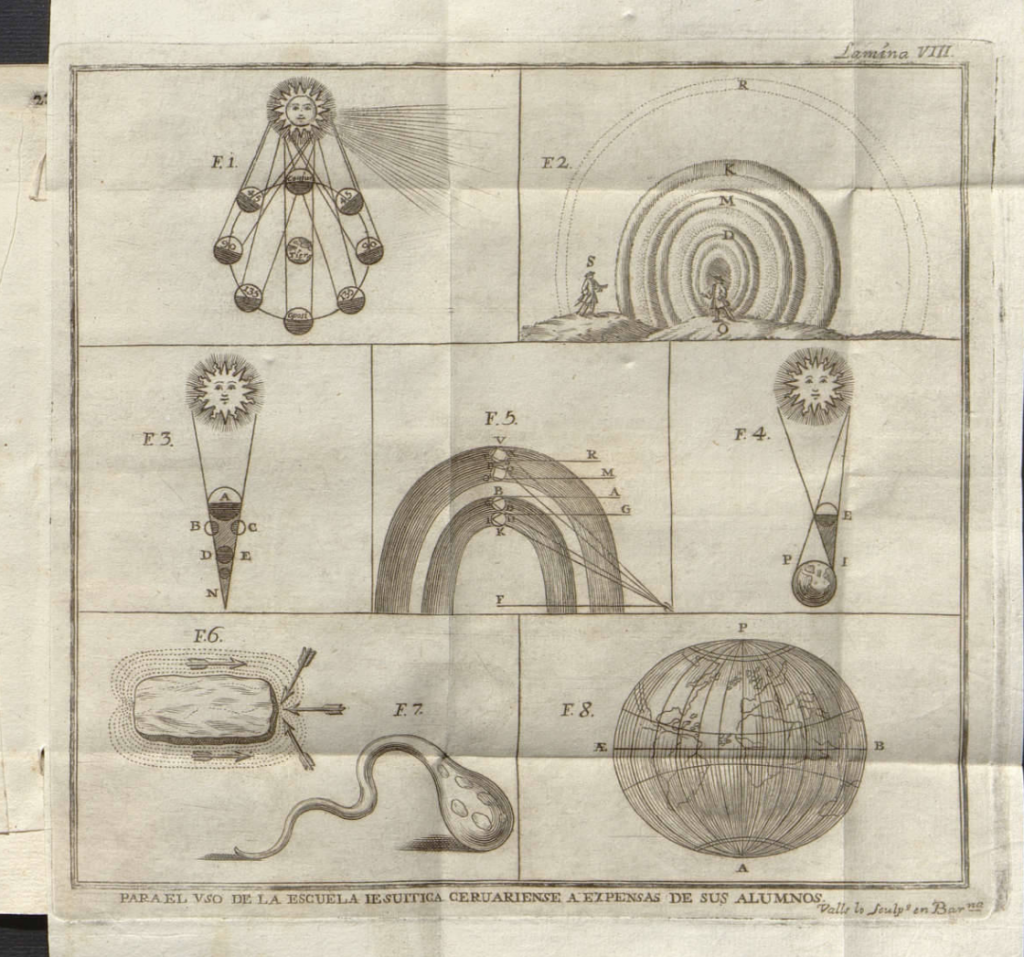
Beschrijving van Catawiki: “Jesuiticae philosophiae theses, contentiosam, et experimentalem philosophandi methodum complectentes (…) Cervariae Lacetanorum, Josephus Barber, 1753.
Octavo: [5] ff.-333-[7] pages and 13 lovely folding plates. Modern vellum.
An interesting study by a Jesuit which ranges very broadly and covers meteors (constituion, occurences, significance), and of magnetism (pages 183-275), and is also quite interesting on hydrostatics and the motion of fluids; also carries discussion of different theories of planetary motion.
Particularly interesting is the discussion of Copernicus and Tycho Brahe. As is well known, in the 16th and 17th centuries the Jesuits refused the planetary system of Copernicus and Kepler. Their role in the trial against Galileo Galilei is also well known. Religious objections made it impossible for them to agree with the idea of a planetary system, in which not the Earth is in the center, but the Sun. So the Jesuits tried to find out how to modify and to save the traditional model of a geocentric system. At the beginning of the 17th century the astronomical data have been improved rapidly by new observations, especially by those of Tycho Brahe, so that they became incompatible with the traditional geocentric planetary theory. It was especially Tycho Brahe, who developed a new modified geocentric planetary system on the basis of his observational data. The Jesuits adopted his theory and they integrated it in their scientific curriculum during the whole 17th century.
Here is a nice example of this incorporation, in the mid-1700s.
Seemingly rare, and certainly a scarce printing from Cuneo.
Some restorations on the title page, which has been rebacked, but really a good copy.
Buyers might be interested in seeing the full book online.”
De 3 bekende wereldsystemen, en een extra, van Descartes.
